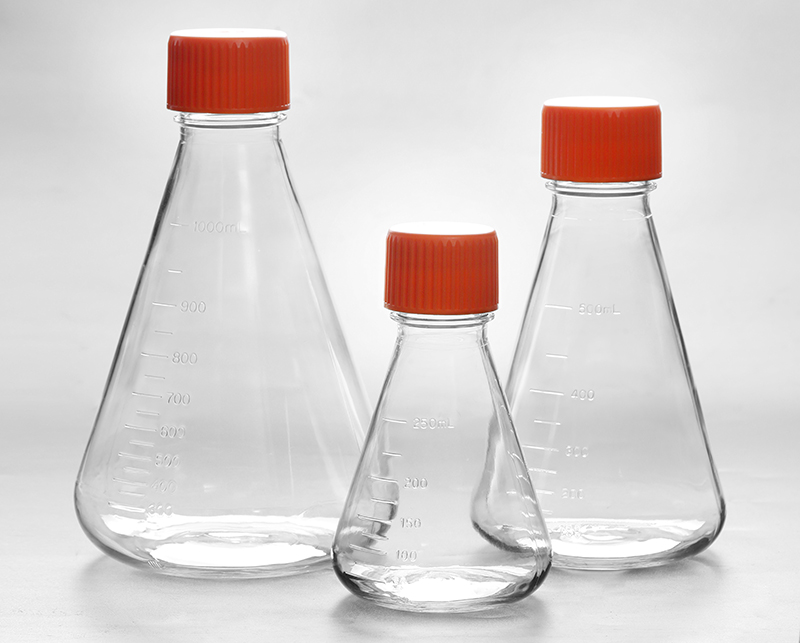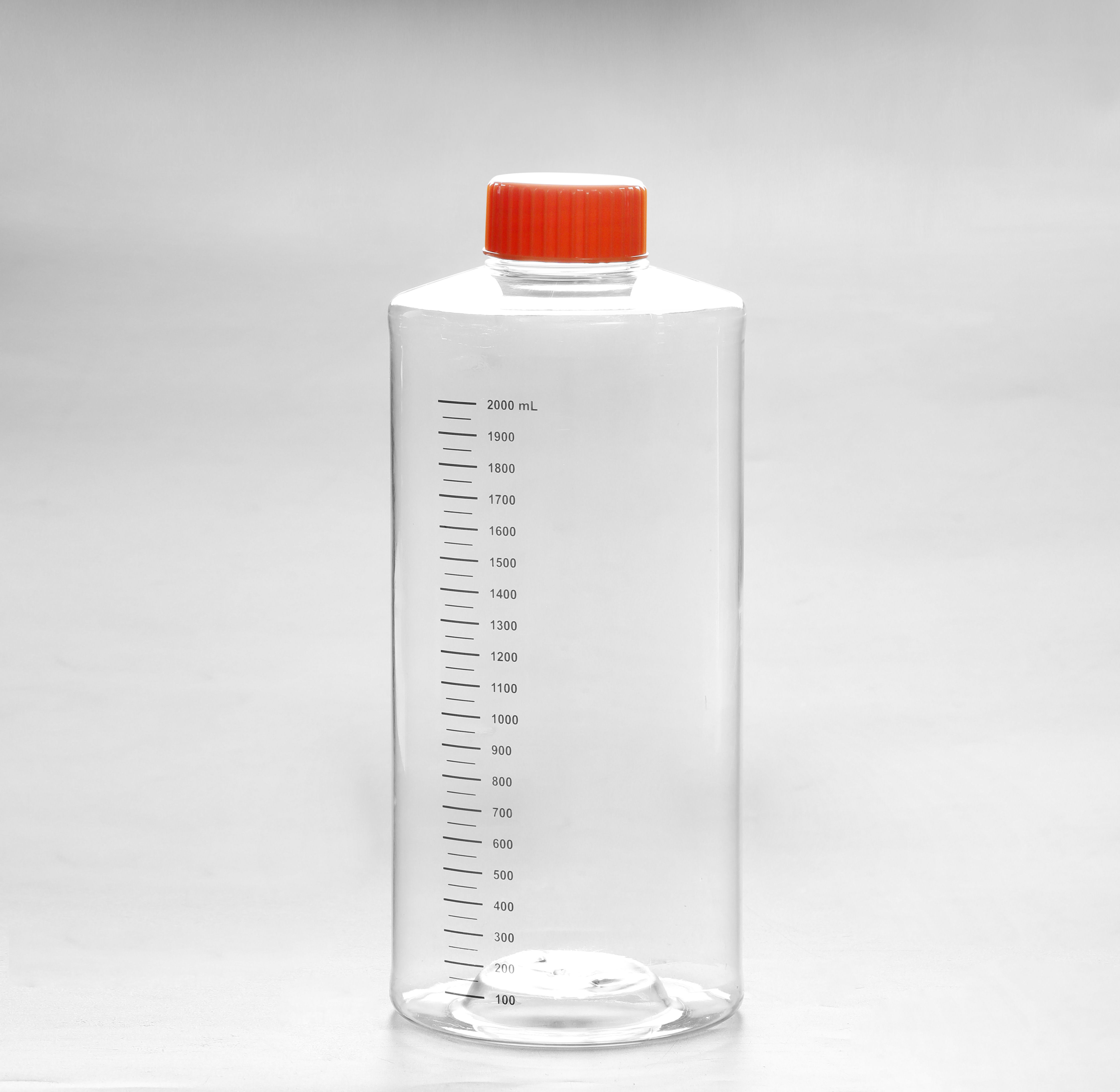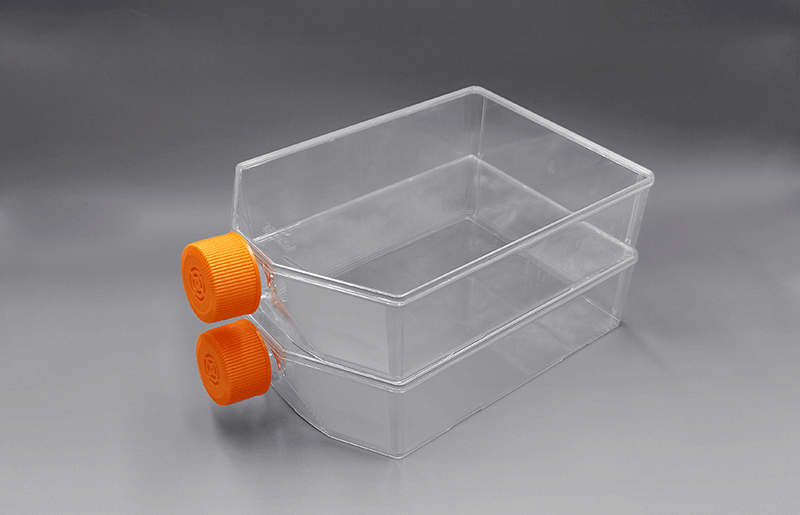Challenges for the Development of Extracellular Vesicle-Based Nucleic Acid Medicines
细胞外囊泡核酸药物开发面临的挑战
The development of nucleic acid drugs has progressed in recent years, especially in the field of cancer therapy, where there has been considerable progress in the development of siRNA-, antisense oligonucleotide-, and miRNA-related drugs. Extracellular vesicles are expected to play a pivotal role as a drug delivery system for nucleic acid drugs. By conjugating EVs with proteins, antibodies, or chemical antibodies called aptamers that specifically bind to cancer, EVs can be effectively delivered to tumor tissues and cells. This review summarizes the latest findings, serving as a bridge to the clinical application of nucleic acid drugs in cancer therapy.
近年来,核酸药物的开发取得了长足的进步,特别是在癌症治疗领域,siRNA、反义寡核苷酸和miRNA相关药物的开发取得了长足的进步。预计细胞外囊泡作为核酸药物的给药系统将发挥关键作用。通过将 EV 与蛋白质、抗体或称为适体的化学抗体结合,这些抗体可与癌症特异性结合,EV 可以有效地递送至肿瘤组织和细胞。本综述总结了最新发现,为核酸药物在癌症治疗中的临床应用提供了桥梁。

Extracellular vesicles (EVs) are phospholipid bilayer membranous vesicles and are generated by almost all types of mammalian cells as a cell-to-cell communication tool [1]. EVs carry various nucleic acids, proteins, and lipids inherited from the cell of origin. EVs have been found in body fluids such as blood [2], urine [3], saliva [4], ascites [5], pleural effusion [6], cerebrospinal fluids [7], and amniotic fluids [8]. According to the International Society for Extracellular Vesicles (ISEV), EVs can be categorized into three main subtypes based on their size and biology: exosomes, microvesicles (MVs), and apoptotic bodies (ABs). Exosomes are approximately 100 nm in diameter and are the smallest type of EV. Exosome-specific surface markers, such as tetraspanins (CD9, CD81, CD63, flotillins), integrins, and heat shock proteins (HSP) 70 and HSP90, have been identified by Western blotting and enzyme-linked immunosorbent analysis [1,9,10]. Exosomes are formed in multiple steps. Early endosomes are formed through invagination of the plasma membrane [11]. The fusion of early endosomes results in the formation of late endosomes and multivesicular bodies (MVBs) during the maturation process, and intraluminal vesicles (ILVs) are formed by the invagination of the endosomal membrane into the lumen [12]. Some of the formed MVBs bind to lysosomes and are degraded, but other fusions with the plasma membrane release ILVs into the extracellular space as exosomes [13,14]. MVs are a few hundred nanometers to a few micrometers in diameter and are formed by direct outward budding from the plasma membrane [1,15]. Apoptotic bodies are several micrometers in diameter and are formed when cells undergo apoptosis. Various types of EVs have been reported, but they are not yet clearly distinguished. ISEV has recommended that particles with lipid bilayers that have been released from cells be referred to as EVs, but there are no specific markers yet to distinguish between EV subtypes [1].
细胞外囊泡 (EVs) 是磷脂双层膜状囊泡,几乎所有类型的哺乳动物细胞都可以生成细胞外囊泡,作为细胞间通讯工具 [ 1 ]。EV 携带从起源细胞继承的各种核酸、蛋白质和脂质。已在血液 [ 2 ]、尿液 [ 3 ]、唾液 [ 4 ]、腹水 [ 5 ]、胸腔积液 [ 6 ]、脑脊液 [ 7 ] 和羊水 [ 8 ]等体液中发现 EV]。根据国际细胞外囊泡协会 (ISEV),EV 可根据其大小和生物学特性分为三个主要亚型:外泌体、微泡 (MV) 和凋亡小体 (AB)。外泌体的直径约为 100 nm,是最小的 EV 类型。外泌体特异性表面标志物,例如四跨膜蛋白(CD9、CD81、CD63、flotillins)、整合素和热休克蛋白 (HSP) 70 和 HSP90,已通过蛋白质印迹和酶联免疫吸附分析鉴定 [ 1 , 9 , 10 ]。外泌体在多个步骤中形成。早期内体是通过质膜内陷形成的 [ 11]。早期内体的融合导致在成熟过程中形成晚期内体和多泡体 (MVB),而腔内囊泡 (ILV) 是由内体膜内陷到管腔中形成的 [ 12 ]。一些形成的 MVB 与溶酶体结合并被降解,但其他与质膜的融合将 ILV 作为外泌体释放到细胞外空间[ 13、14 ]。MV 的直径为几百纳米到几微米,是通过从质膜直接向外出芽而形成的 [ 1 , 15]。凋亡小体直径为几微米,在细胞发生凋亡时形成。已经报道了各种类型的电动汽车,但它们尚未明确区分。ISEV 建议将从细胞中释放的具有脂质双层的颗粒称为 EV,但目前还没有特定的标记来区分 EV 亚型 [ 1 ]。

EVs have a lipid bilayer structure and express CD47, a membrane protein known as a “don’t eat me” signal. EVs are more biocompatible and less immunogenic than liposomes and accumulate more readily in cancer tissues than in normal tissues due to the fenestrated vascular structure of cancer tissue, known as the EPR effect. Although few studies have compared EVs with artificial nanovesicles, such as liposomes, the properties of EVs indicate that they could be useful drug delivery devices in cancer therapy. In addition, various modifications to EVs can increase their accumulation in tumors. For example, PEGylation reduces clearance by the MPS, and the addition of tumor-specific integrins or antibodies to the EV surface has been shown to increase tumor accumulation. Conjugating EVs with aptamers, also known as chemical antibodies, also increases the tumor accumulation potential of EVs. There are two methods of loading EVs. Pre-secretion loading involves the genetic modification of parental cells, while post-secretion loading involves the direct loading of nucleic acid drugs into EVs. Pre-secretion loading is a simple method, but its loading efficiency is unknown, and there are concerns about safety because it involves genetic modification. Electroporation is the most commonly used post-secretion loading method, but its loading efficiency needs to be carefully considered. Alternatively, Exo-fect is a commercially available kit that gives good loading efficiency and is a useful loading method. In general, considering the use of EVs as a drug delivery system for cancer treatment, there are various problems still to overcome, such as how to produce a large amount of EVs and how to collect them.
This review discusses the latest research on the combination of nucleic acid drugs and EVs. These EV-nucleic acid complexes might be future candidates for cancer therapy, and we hope that the technologies described herein will be used to develop novel nucleic acid drugs for anticancer therapy in the near future.

EV 具有脂质双层结构并表达 CD47,这是一种被称为“不要吃我”信号的膜蛋白。EV 比脂质体更具生物相容性且免疫原性更低,并且由于癌组织的有孔血管结构(称为 EPR 效应),EV 比在正常组织中更容易在癌组织中积累。尽管很少有研究将 EV 与人工纳米囊泡(如脂质体)进行比较,但 EV 的特性表明它们可能是癌症治疗中有用的药物输送装置。此外,对 EV 的各种修改可以增加它们在肿瘤中的积累。例如,聚乙二醇化降低了 MPS 的清除率,并且已显示向 EV 表面添加肿瘤特异性整合素或抗体会增加肿瘤积累。将 EV 与适体(也称为化学抗体)结合,还增加了电动汽车的肿瘤积累潜力。有两种加载 EV 的方法。分泌前加载涉及亲代细胞的基因修饰,而分泌后加载涉及将核酸药物直接加载到EV中。预分泌加载是一种简单的方法,但其加载效率未知,并且由于涉及基因改造,因此存在安全性问题。电穿孔是最常用的分泌后上样方法,但需要仔细考虑其上样效率。或者,Exo-fect 是一种市售试剂盒,可提供良好的加载效率,是一种有用的加载方法。总的来说,考虑到将电动汽车用作癌症治疗的药物输送系统,仍有各种问题需要克服,
这篇综述讨论了核酸药物与 EV 结合的最新研究。这些 EV-核酸复合物可能是未来癌症治疗的候选者,我们希望本文描述的技术将在不久的将来用于开发用于抗癌治疗的新型核酸药物。
关键词:核酸药物,给药系统,细胞外囊泡,外泌体,适体,nucleic acid drug,drug delivery system,extracellular vesicles,exosome,aptamer
来源:MDPI https://www.mdpi.com/2072-6694/13/23/6137/htm

上一篇: 细胞工厂的致敏试验检测
下一篇: 细胞摇瓶的两种材质介绍